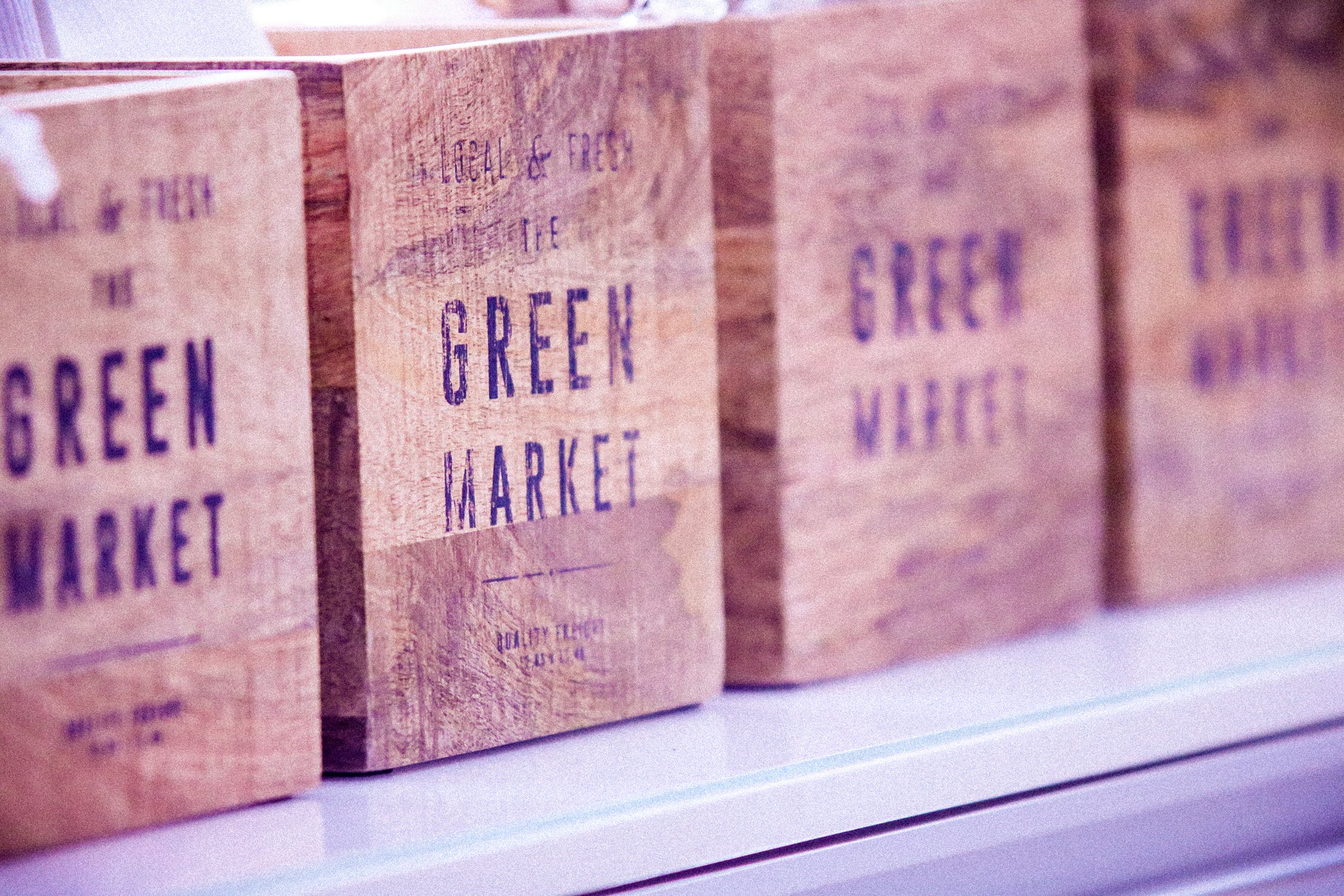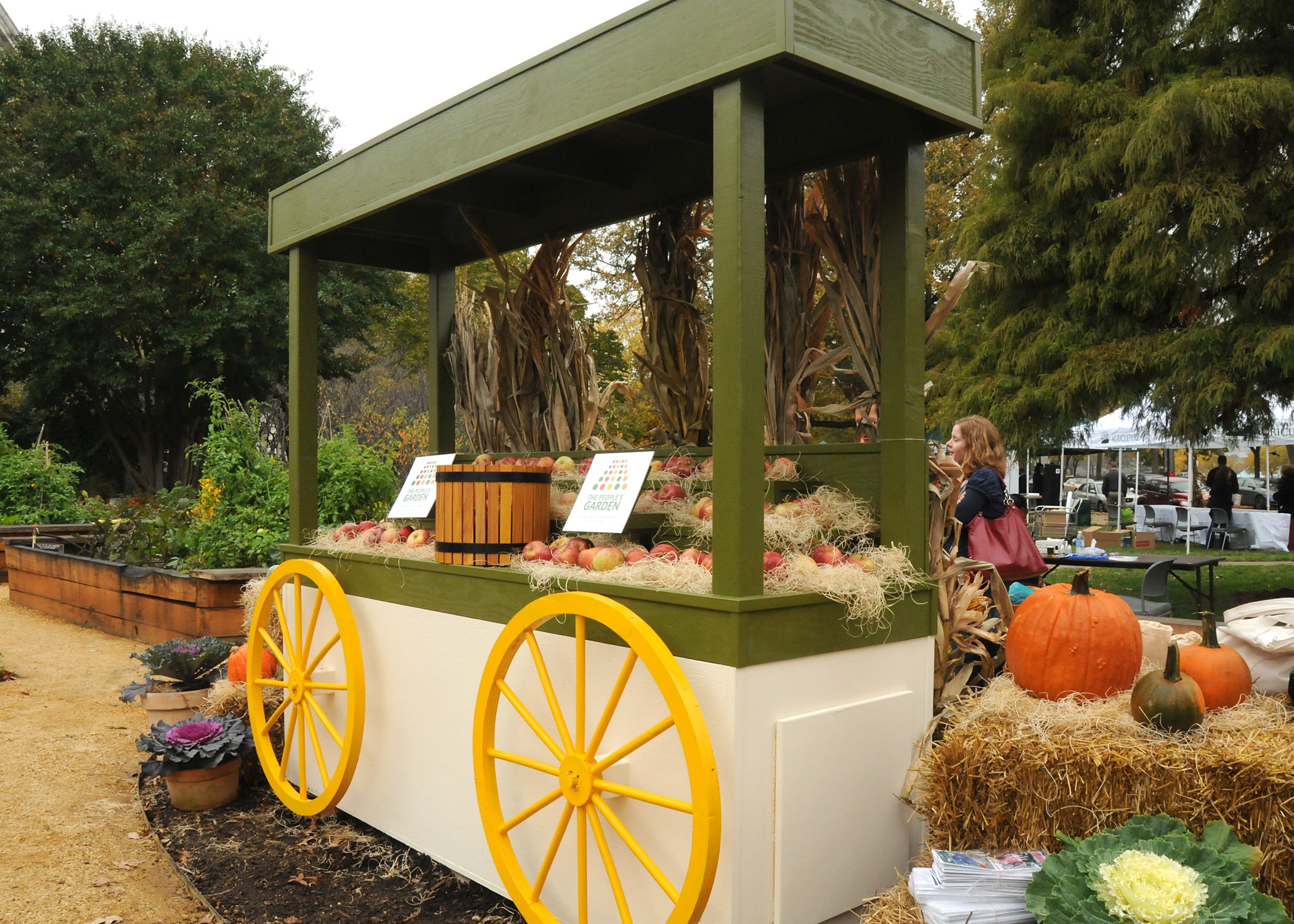Search

SDSU Extension Encourages South Dakotans to Participate in Annual Crunch Off
September 30, 2022
The South Dakota Crunch off is a statewide event anytime between September 26 and October 7, 2022 to celebrate local produce and Farm to School by crunching into any South Dakota grown “crunchy” fruit or vegetable.

Community Gardens: Liability Insurance
Groups organizing a community garden often ask about liability insurance. They will typically consider getting a policy if they have an organization to protect, or as coverage for the landowner in case a participant is injured and elects to sue.

CSA Models
Community Supported Agriculture (CSA) marketing is an outlet that allows a farmer to sell subscriptions or shares to consumers prior to the growing season. When the produce or food product is harvested it is then delivered on a scheduled basis to the customer.

SDSU Extension to offer ‘Bringing the Farm to School’ Producer Trainings in Brookings and Rapid City
January 09, 2023
Farmers, ranchers, gardeners and local food processors can learn strategies for growing and selling their products to school nutrition programs at the Bringing the Farm to School: Local Producer Training Jan. 18-19 in Brookings or Feb. 14-15 in Rapid City.

Pet Food & Pet Treats
In South Dakota the Department of Agriculture Feed & Animal Remedy Program is the agency that oversees the manufacturing, licensing and labeling of animal feeds and remedies. Local foods producers interested in selling pet foods or pet treats need to be in compliance with this program.

Roadside Stand
Local food producers have many options when it comes to marketing their locally grown produce. Roadside or farm stands can be either permanent or temporary structures near a road or in a parking lot that sell directly to consumers.

Nitrates and Livestock Water Quality
Nitrate poisoning is something we think about with forages such as millet, oats, corn, sorghum, sudan, kochia and others that have been fertilized or if there is a drought, but water can also be a contributing factor.

Blue-Green Algae and Livestock
With warmer temperatures, the conditions are right for blue-green algae blooms. Different species of blue-green algae contain various toxins, which can poison livestock, resulting in rapid death.

Factors Affecting Wheat Production Decisions: Producer survey findings
Recent USDA data shows that during the past 3 years acres devoted to wheat production continue declining in both South Dakota and North Dakota (USDA, 2018). South Dakota wheat acres experienced a remarkable decrease of 31.5% during the past 3 years, compared with a relatively mild drop of 16.4% by North Dakota.

Water Use by Plant Stage
Over the growing season, solar radiation, air temperature and plant size are the dominant factors in determining evaporative demand and the rate of water use by wheat. Water use can vary dramatically on a day-to day basis, depending on climate and wheat health.